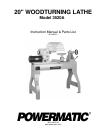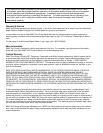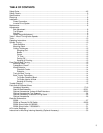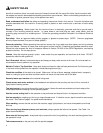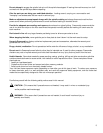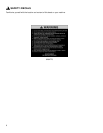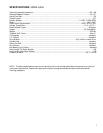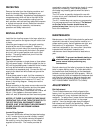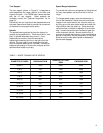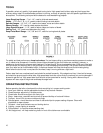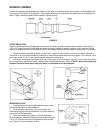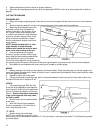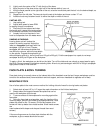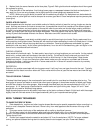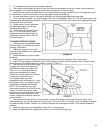
4
SAFETY RULES
As with all machines, there is a certain amount of hazard involved with the use of this lathe. Use the machine with
the respect and caution demanded where safety precautions are concerned. When normal safety precautions are
overlooked or ignored, personal injury to the operator can result.
Read, understand and follow the safety and operating instructions found in this manual. Know the limitations and
hazards associated with this machine. A warning decal is placed on each machine as a reminder of basic safety
practice.
Electrical grounding. Make certain that the machine frame is electrically grounded and that a ground lead is
included in the incoming electrical service. In cases where a cord and plug are used, make certain that the
grounding plug connects to a suitable ground. Follow the grounding procedure indicated in the National Electrical
Code.
Eye safety. Wear an approved safety shield, goggles, or glasses to protect eyes. (NOTE: Common eyeglasses
are only impact-resistant, they are not safety glasses.)
Personal protection. Before operating the machine, remove tie, rings, watch and other jewelry and roll up sleeves
above the elbows. Remove all loose outer clothing and confine long hair. Protective type footwear should be used.
Where the noise exceeds the level of exposure allowed in Section 1910.95 of the OSHA Regulations, use hearing
protective devices. Do not wear gloves.
Guards. Keep the machine guards in place, make certain they are operable, and use them at all times. DO NOT
operate the machine with guards off.
Don't Overreach. Maintain a balanced stance and keep your body under control at all times. Do not overreach or
use excessive force to perform any operation.
Maintain Tools in Top Condition. Keep tools sharp and clean for safe and best performance. Dull tools can grab
in the work and be jerked from the operator`s hands causing serious injury.
Check the condition of the stock to be turned. Make sure it is free of knots, warpage, checked ends, improperly
made or cured glue joints and other conditions which can cause it to be thrown out of the lathe.
Securely fasten spur centers to the material being used.
Check centers and center sockets in the headstock and tailstock to be sure they are free of dirt or rust and oil
lightly before inserting centers.
Test each set-up by revolving the work by hand to insure it clears the work rest and bed and check setup at the
lowest speed before increasing it to the operating speed.
Use the correct cutting tool for the operation to be performed and keep all tools in a sharpened condition.
Use low speeds for roughing and for long or large diameter work. If vibration occurs, stop the machine and correct
the cause. See Table on page 9 for speed recommendations.
When sanding, remove the tool rest from the machine, apply light pressure, and use a slow speed to avoid heat
build up.
When turning large diameter pieces, such as bowls, always operate the lathe at low speeds. See Table 1 for
speed recommendations.
Never use dull turning tools - sharp tools help to prevent the tool from grabbing in the work and being jerked from
the operator's hands.
Take measurements on the part only with the spindle stopped.



